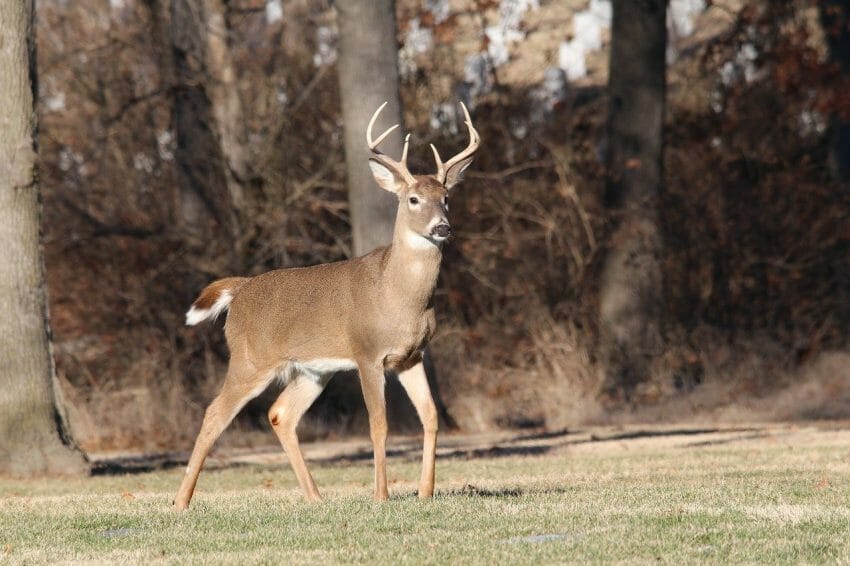

You’ve gathered your gear, set up a camp and got ready to find a deer and take the shot. You’ve spotted it, taken a deep breath, took the shot… And it didn’t just fall on the ground and died. However, you’re certain that the arrow has landed into the deer, and now it is wounded, but you can’t see it. In situations like this one, you shouldn’t despair. The deer isn’t probably that far, and if you start tracking it and you lose the trail, you can still find it. You only need to know some useful strategies to do so.
Observe the Shot
After you’ve taken the shot, try to precisely identify where the arrow has struck the deer, because this is an indicator of how well it is hit. If the arrow struck it in the leg, too high or too far back, it means you have to wait at least 3 hours before you start tracking the animal. However, if you’ve shot it on the site and hit the vitals, you can get on it anywhere between 30 minutes and an hour.
Also, you should watch the deer until it has disappeared from sight and note its direction. This is helpful if there is no blood at the place where it was hit, and you will know in which direction to start the search. You can also identify a landmark near that place and note how it was running. If it was stumbling, it might’ve been a lethal hit. Lastly, if there is a lot of blood on that spot, it means the arrow has gone through the deer and the search will be shorter.
Blood Cues
If you want to be successful and really learn the strategies to track a deer, you should get familiar with blood cues. This is your best evidence of how well you’ve hit the deer, and it’s often the most visible trail. If the blood is pinkish and frothy with small bubbles, it means you’ve hit the lung and your search won’t last long.
Red and bight-red blood could be from the heart or large tissue area that has a lot of blood vessels. The more blood the better indication of how the shot was fatal. And if the blood is sparse and there are only bright droplets, this could mean that the wound is not lethal, such as a hit in the leg or the brisket.
Dark, almost burgundy blood may mean that you’ve hit the liver or kidneys, and this is a very lethal shot. But, it will take longer to kill the deer, so you should wait a few hours before tracking it. If there is blood with a greenish tint, this usually indicates a stomach shot, which is ultimately lethal, but it could take a while for the deer to fall, as well.
Follow the Blood Trail
After you’ve analyzed the blood and decided how much you wait, you can start following the blood trail. Mark the start of it and every drop of the blood with something highly visible. You can use a scrap of toilet paper or even orange or pink surveyor’s tape. Your GPS can also come in handy and you can mark the trail the deer took with waypoints. This will help you get a better visualization of the trail and it may provide some clues as to where the animal is headed.
Once you’re on the trail, make sure to move slowly and carefully. Also, if you’re in a group, be quiet because the deer might be close by and you don’t want to spook it if it’s still standing. You might even need to get down on all fours to find the blood and be very careful where you step. The best advice here is to walk off to the side of the trail so you don’t step in any blood.
Also, don’t just look for the blood on the ground. You will also be able to spot some drops on bushes, trees, and tall grass if the deer brushes up against it. There is a general rule that wounded deer often goes downhill, but this doesn’t always happen. They also often run towards water or some heavy cover, so take a good look at your surroundings and analyze it and your search shouldn’t be that long.
If you take a good look at the blood and follow its trail, it shouldn’t take you a long time to spot the deer. You just have to be very patient and really quiet and slow sometimes in order not to spook it.








